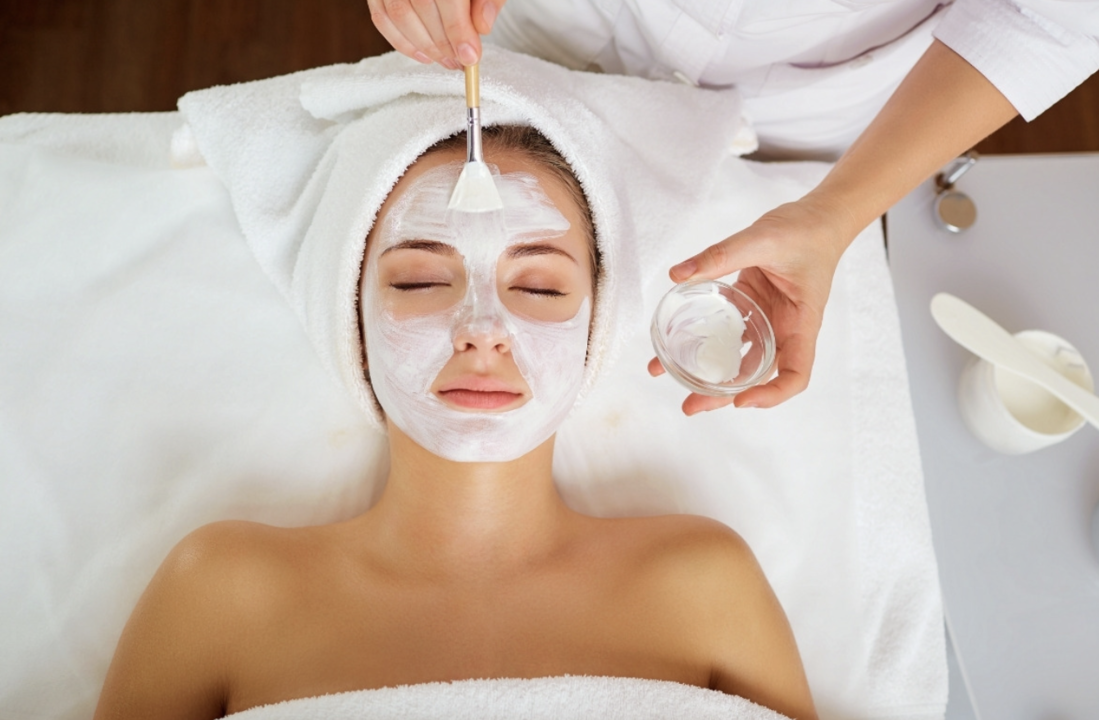Acne is one of the most common skin conditions that affects people of all ages. Breakouts, clogged pores, and post-acne marks can take a toll on confidence, especially in climates like Dubai’s where heat and humidity often aggravate skin problems. One treatment option gaining popularity is the Glycolic Acid Peel in Dubai, known for its exfoliating and skin-renewing properties. But the question many ask is: is it really suitable for acne-prone skin?
How Glycolic Acid Targets Acne
Glycolic acid, an alpha-hydroxy acid (AHA), works by breaking down the “glue” that holds dead skin cells together. For acne-prone skin, this is important because clogged pores often trigger breakouts. By removing excess buildup, glycolic acid:
- Prevents pores from becoming blocked
- Reduces existing blackheads and whiteheads
- Minimizes the environment where acne-causing bacteria thrive
- Improves absorption of acne treatments applied after the peel
This process not only addresses active acne but also reduces the chances of future breakouts.
Benefits of Glycolic Acid Peel for Acne-Prone Skin
A glycolic acid peel can be an excellent option for those struggling with acne. Its benefits go beyond simple exfoliation:
- Gentle resurfacing: Clears away dead skin that contributes to clogged pores.
- Oil regulation: Helps reduce excess sebum production, which often fuels acne.
- Scar improvement: Gradually fades post-acne marks and hyperpigmentation.
- Smoother skin: Improves texture affected by breakouts.
- Enhanced clarity: Gives the skin a brighter, healthier appearance.
The Treatment Process
When done by a skincare professional, the procedure is straightforward and generally well tolerated. Here’s how it usually goes:
- Skin is cleansed and prepped.
- A glycolic acid solution is applied for a controlled period.
- Mild tingling or warmth may be felt as the peel works.
- The peel is neutralized and followed by soothing products.
- Sunscreen is applied to protect the fresh skin layer.
Most patients return to daily activities immediately, making it a convenient option for those with busy schedules.
Suitability for Different Types of Acne
Not all acne is the same, and glycolic acid peels tend to work best for certain types:
- Mild to moderate acne: Whiteheads, blackheads, and small pimples respond well.
- Post-acne marks: Pigmentation left behind by acne can fade over time.
- Clogged pores: Ideal for those with persistent congestion.
For severe cystic acne, a peel may be used in combination with other treatments rather than as a stand-alone solution.
Safety for Acne-Prone Skin
Generally, glycolic acid peels are considered safe for acne-prone skin, but it’s important to seek professional guidance. Using at-home peels without proper knowledge can irritate the skin and make acne worse. Professional treatments ensure the right concentration is used based on individual skin sensitivity.
Aftercare Tips for Acne-Prone Skin:
- Avoid picking or scratching treated skin.
- Use a gentle cleanser and lightweight moisturizer.
- Always apply sunscreen daily.
- Avoid harsh scrubs or strong actives for a few days post-peel.
Why This Treatment is Popular in Dubai
Dubai’s environment often leads to clogged pores due to heat, sweat, and dust exposure. Many residents find that acne becomes more stubborn under these conditions. A glycolic acid peel provides an effective way to deeply cleanse pores and improve skin clarity without downtime. Regular sessions help maintain results and keep acne under better control.
Conclusion
For those struggling with breakouts, a glycolic acid peel can be a safe and effective choice. By unclogging pores, reducing oiliness, and fading scars, it targets multiple aspects of acne-prone skin. With professional guidance, residents can achieve clearer and healthier skin. If you’re considering treatment, Glycolic Acid Peel Dubai clinics offer tailored options suitable for different acne concerns.





Comments